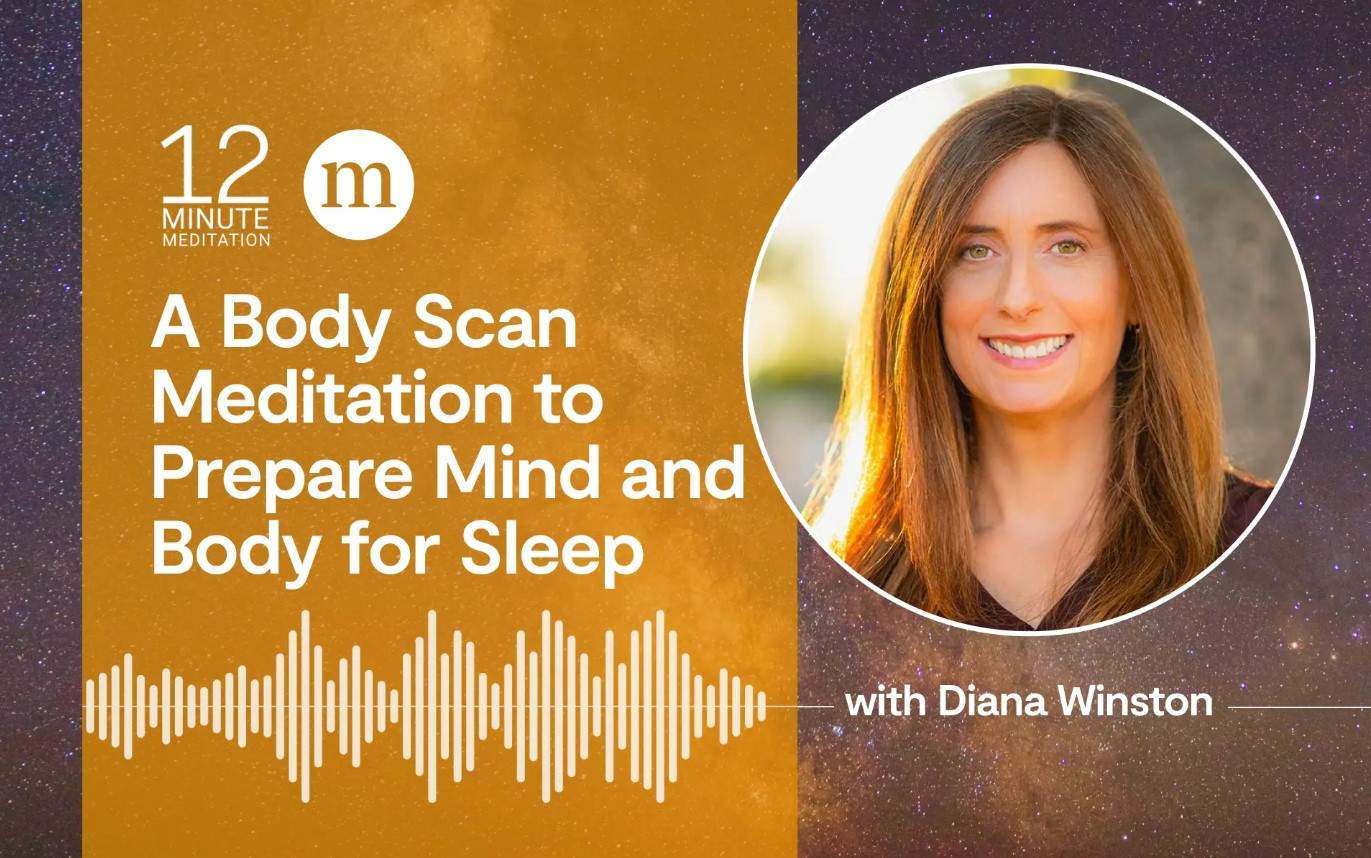1. Introduction: From Resistance to Reconnection
When we first hear “body scan meditation,” many of us—like our narrator—react with disbelief. “Nuts to that!” we might think, assuming that tuning into every tingle, itch, or ache will be unbearable. Yet over time, this practice can transform our relationship to discomfort, helping us stay present rather than automatically reacting to stress.
2. Why Body Scan Meditation Matters
A body scan is a foundational mindfulness meditation that teaches us to notice physical sensations—buzzing, heat, tightness, or numbness without judgment. By systematically bringing attention to each part of the body, we strengthen the mind‑body connection, reduce stress reactivity, and cultivate emotional resilience.
3. Common Misconceptions and Myths
“I don’t even know what a ‘sensation’ is.” Sensations simply refer to any physical feeling, from tingling to tension.
“I’ll just get frustrated.” Frustration is itself a sensation to observe. Over time, noticing frustration without action builds tolerance.
“My mind will wander—what’s the point?” Wandering attention is normal; gently returning to the scan trains focus.
4. What to Expect in a Body Scan Practice
Duration: 30–40 minutes is ideal, but even 5–10 minutes can be beneficial.
Posture: Lying down with a pillow under the knees or seated in a chair—choose what helps you stay present.
Environment: Dim lighting, a soft blanket, and minimal distractions support deeper awareness.
5. Step‑by‑Step Body Scan Guide
Settle In: Lie down or sit comfortably. Close your eyes or lower your gaze.
Anchor to Breath: Notice the rise and fall of your abdomen. Feel where your body meets the floor or chair.
Begin the Scan: On an inhale, direct attention to your chosen area (e.g., head or feet). Notice any sensations—pressure, warmth, buzzing, or absence of feeling.
Release and Shift: On the exhale, let go of that area and move to the next region.
Notice Wandering: When your mind drifts (to lunch plans or random thoughts), kindly guide it back to the current body part.
Cultivate Curiosity: Observe sensations without labeling them “good” or “bad.”
Full‑Body Awareness: After scanning all regions, expand your attention to the entire body breathing freely.
Close Mindfully: Gently open your eyes and carry this grounded presence into your next activity.
6. Tips for an Effective Body Scan
Use Props: A pillow under your knees or a light blanket can increase comfort.
Adjust Duration: Shorten or lengthen the practice based on your schedule and focus.
Track Progress: Notice subtle shifts—less urgency to react, more ease with discomfort.
Be Patient: Building interoceptive awareness takes time; small breakthroughs accumulate.
7. The Neuroscience Behind Body Scans
Research shows that repeatedly noticing drifting attention and returning focus strengthens neural pathways associated with attention regulation and emotional balance. Over time, the brain becomes more adept at staying present, even under stress.
8. Overcoming Common Challenges
Boredom or Restlessness: Label it “boredom” and gently return to the scan.
Judgment of Sensations: Notice when you judge your experience, then refocus on pure observation.
Sleepiness: Open your eyes slightly or switch to a seated scan if you drift off.
9. Integrating Body Scans into Daily Life
Micro‑Scans: Spend 1–2 minutes checking in with your shoulders during breaks.
Transition Practice: Do a brief scan before starting work or after returning home.
Trigger Anchors: Use everyday events (hearing a phone ping) as reminders to notice your body.
10. Embracing Present‑Moment Awareness
Body scan meditation isn’t about forcing connection but training curiosity. By repeatedly noticing and releasing physical sensations, we learn to meet life’s “United Colors of Stress” with openness rather than avoidance. Over time, this practice becomes a reliable path to calm, clarity, and compassionate insight.





